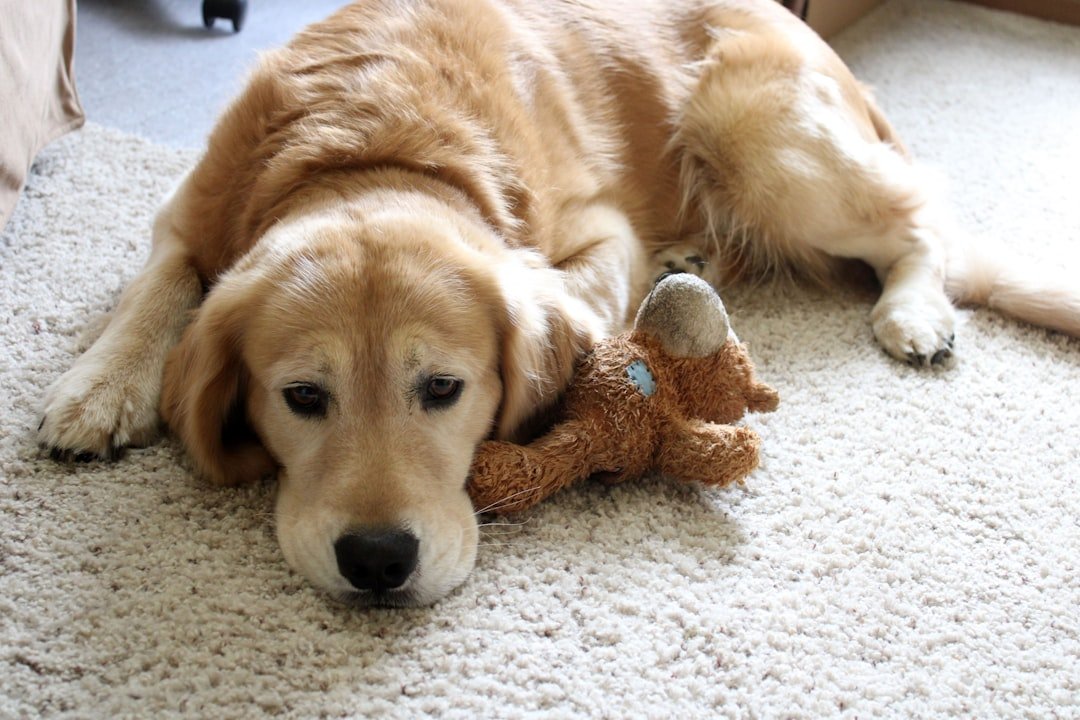
Bringing a dog into your home often sparks excitement about shared playtime. A vast number of dogs thrive on activity, often displaying boundless energy that outpaces their owners’ stamina. They might eagerly tug on tugs or chase after objects endlessly without tiring. Yet, not every dog shares this enthusiasm for playthings.
Countless pet owners encounter situations where their dogs show little interest in toys. Understanding the underlying factors can help determine whether this disinterest stems from a resolvable issue or something to embrace as part of your pet’s personality. Experts note that canine behavior varies widely, influenced by factors like breed, age, and past experiences, which can affect play habits.
Stress
Dogs experiencing stress are less likely to engage with toys, as anxiety can dampen their natural curiosity. For instance, a newly adopted dog might need time to acclimate to unfamiliar surroundings, a process that studies suggest can take anywhere from a few days to several weeks depending on the individual. When overwhelmed, a dog may withdraw from play entirely. To support your pet, focus on creating a secure environment by gradually introducing toys without pressure. Over time, as your dog builds confidence and settles in, playful behaviors often reemerge, leading to greater overall relaxation.
Sickness
Health issues can significantly reduce a dog’s willingness to interact with toys, particularly in animals that were once active. If you’ve recently welcomed a new dog and it’s avoiding play, a veterinary visit is advisable to rule out common ailments like infections or digestive problems, which affect playfulness in up to 30% of cases according to veterinary reports. Your vet can identify subtle signs of illness that owners might miss. Fortunately, many dogs resume their playful antics once treated, though it’s wise to monitor for hidden conditions that could worsen with exertion, ensuring long-term well-being.
Ignorance
Surprisingly, some dogs lack familiarity with toys, especially those from backgrounds with limited exposure, such as puppies raised in isolation or shelter animals prioritizing survival over leisure. Background research indicates that early socialization plays a crucial role in developing play skills, with many dogs never grasping the concept without guidance. However, with patience and the right approaches, improvement is possible. For example, if you have another dog that enjoys toys, facilitating interactions can serve as a learning opportunity through observation. Alternatively, you might demonstrate games yourself, like rolling a ball or dragging a toy to spark interest, helping your dog discover joy in play and potentially fostering independent engagement over time.
Pain
Pain can deter a dog from playing, making physical activity uncomfortable or impossible. Older dogs, in particular, may deal with conditions such as arthritis or hip issues, which impact nearly one in five senior canines based on recent studies. You might observe your pet carrying toys to rest areas without actually using them, signaling affection for the items but physical limitations. If undiagnosed, consulting a veterinarian for pain management options like medication can restore mobility and encourage activity. Even minor injuries, which aren’t always visible, can lead to this behavior, highlighting the importance of proactive health checks to prevent further discomfort.
Fear
Certain toys can intimidate dogs due to their unique sensory perceptions, where everyday objects might appear menacing. Canines often have heightened sensitivity to sounds and movements, so something as simple as a squeaky toy could trigger fear, similar to reactions from loud household appliances. If your dog seems uneasy with noisy playthings, opt for quieter alternatives to build trust. Experts recommend gradual exposure, starting with brief sessions, to help desensitize your pet. This method allows the dog to overcome apprehensions naturally, reducing anxiety without overwhelming them and promoting a more positive association with toys.
Boredom
What captivates one dog might fail to excite another, much like human preferences for entertainment. Research on canine psychology shows that individual tastes vary by factors such as breed and temperament, meaning a toy’s appeal isn’t universal. If your dog ignores a particular item, it could simply not align with its interests. To address this, experiment with diverse options—such as switching from pull toys to fetch games—if ropes don’t appeal, for instance. Persistence in trying various styles often reveals a favorite, enhancing your dog’s engagement and strengthening your bond through shared activities.
About the Author: As a lifelong enthusiast of animals, Lindsey Harper developed her passion early through her first furry companion. She co-founded AvidPup.com, a dedicated resource offering expert advice and strategies for dog owners aiming to promote their pets’ health and joy.
